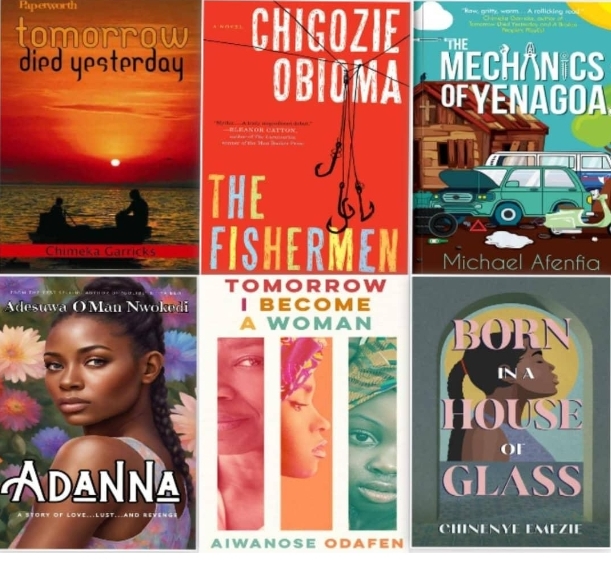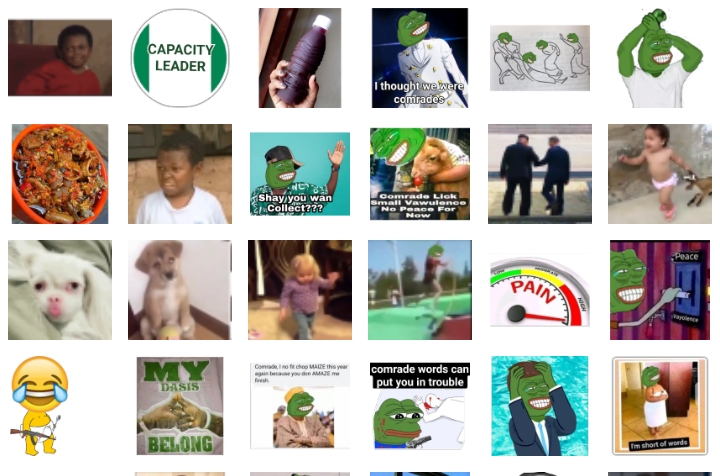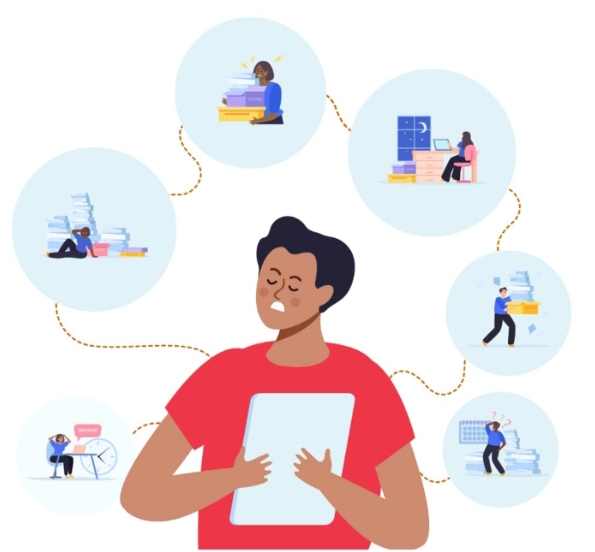Memes Posting and Exam Panic Mood

By: Precious Oyewande
As exams creep closer, a fascinating phenomenon unfolds: students turn into meme curators, scouring the depths of the internet for that perfect image, or caption to sum up their despair and share on their various WhatsApp statuses. For some, these viral snippets offer more than comic relief, they redefine stress as a collective experience, one laugh at at times.
So, who needs a study guide when you’ve got a perfectly timed meme to remind you that everyone else is just as doomed as you? WhatsApp groups transform into digital therapy sessions, where a well-timed “when you realize the exam is tomorrow and you’ve only read the first chapter” meme does more to soothe nerves than any pep talk.

In the world of students, the meme culture never sleeps. Psychologically, humour helps normalise future stress which helps to reframe anxiety as something familiar and manageable.
These memes act to soften the blow before reality hits. According to phycologists, memes provide quick, light-hearted humour that can ease anxiety. Medically, a few minutes of laughter can serve as a mini mental reset during intense study sessions. It serves as a coping mechanism for students to push through, and also to creatively express their personal struggles which often sparks conversations due to its relativity. Memes transcends departments and faculties as students become aware that they are not alone in freaking out, and that creates a collective endurance.

Memes serve as satirical tools by using humour, irony, and exaggeration to comment on real-life situations often highlighting their flaws, absurdities, or contradictions. In the context of students and exams, satire through memes becomes a powerful way to express critical, but funny, takes on the academic experience. At the heart of satire is the irony of student behaviour and expectations. A classic meme format might show a student declaring “I’ll start studying early this time,followed by a chaotic image of panic the night before the exam.

This satirical take mocks the universal cycle of procrastination and last-minute cramming, which most students vow to avoid but inevitably fall into. It highlights how students often set unrealistic goals and then act surprised when they fall short, an irony that memes encapsulate with a single image and caption. By laughing at their own patterns, students acknowledge their flaws in a way that is both humorous and therapeutic.
Memes have become a digital form of satire that brilliantly exposes the irony of student life. They reflect not only the quirks of individual behaviour but also the flaws of academic systems and societal expectations. Through humour and exaggeration, memes allow students to laugh at their chaos, critique their institutions, and find solidarity in shared struggles. In doing so, they transform everyday frustration into cultural commentary one caption at a time.








